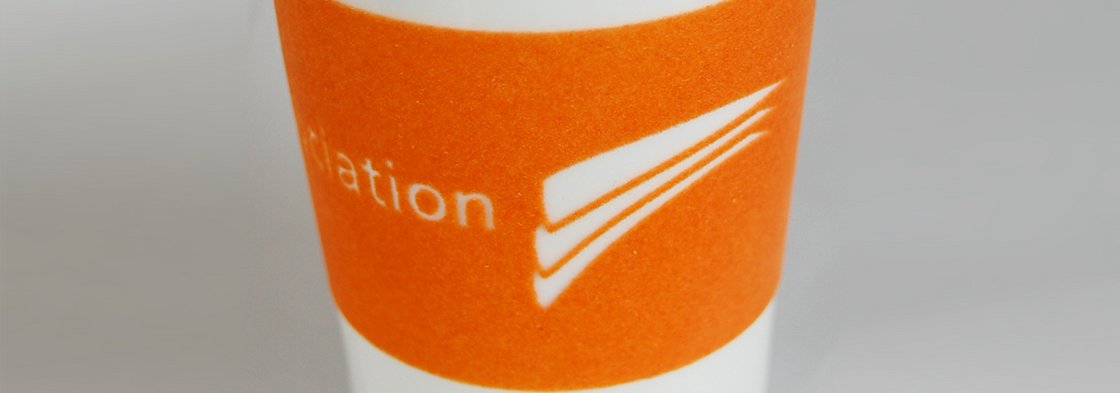All textile fibres may be used as flock. However, most of the time polyamide, polyester, viscose and cotton are being used.
FAQ - Flock

Which kind of flock are available?
When is which kind of flock being used?
Generally, polyamide may be used in most cases. The other types of flock carry the following characteristics:
Polyester has more resistance to UV light as does polyamide and therefore carries advantages when used for outside purposes. However, the buckling stability is much lower.
Viscose is cheaper than polyamide but because of its lower buckling stability it is only used with soft substrates (textiles, soft foam).
Cotton is the most economic flock type, however, its general wear- and tear resistance is rather low. It is mainly used for the insides of rubber gloves (because of its water absorbing capability).
Flock dimension
The flock dimension is defined by the thickness of the fibers, also referred to as the titre, (measured in dtex) and the cut length (measured in mm) of the individual short fibers.
Since the textile fibers process related have certain variations in diameter, the thickness is defined not as a diameter but as a weight / length: dtex = g / 10,000 m.
The cutting length is given in mm.
The ratio between cut length and titer has an influence on the appearance (the shorter and thinner the fibers, the finer, the thicker and longer the fibers, the coarser) and feel (the longer and thinner the fibers, the softer, the thicker and shorter the fibers Fibers the harder) of the flocked surface. However, due to the manufacturing process, some limits of the usable cutting lengths also apply to good processability:
- Process-related, the minimum cutting length is about 0.3 mm
- Process Technology allows theoretically no limit to the cutting length
- However, as the length increases, flock becomes more and more difficult to process (tends to curve and clump together).
For more information, you should consult your flock supplier.
What does "dtex" means?
Dtex is a measurement for the thickness of textile fibres and means gram per 10.000 m of length.
Which colour may be chosen?
Basically, flock may be dyed with any colour shade which is possible for textile dyeing (flock fibres are textile fibres!).
One distinguishes between spin-nozzle dyed and batch dyed.
Special colour shades are also possible by mixing different colours (melange).
Individual colour shades are possible upon request.
How sturdy is flocking?
By an optimal co-ordination of substrate, adhesive, flock and the production process, very sturdy products may be achieved, such as for sports wear, upholstery fabrics, floor coverings, window guiding profiles, etc., which will function properly their entire production life.
